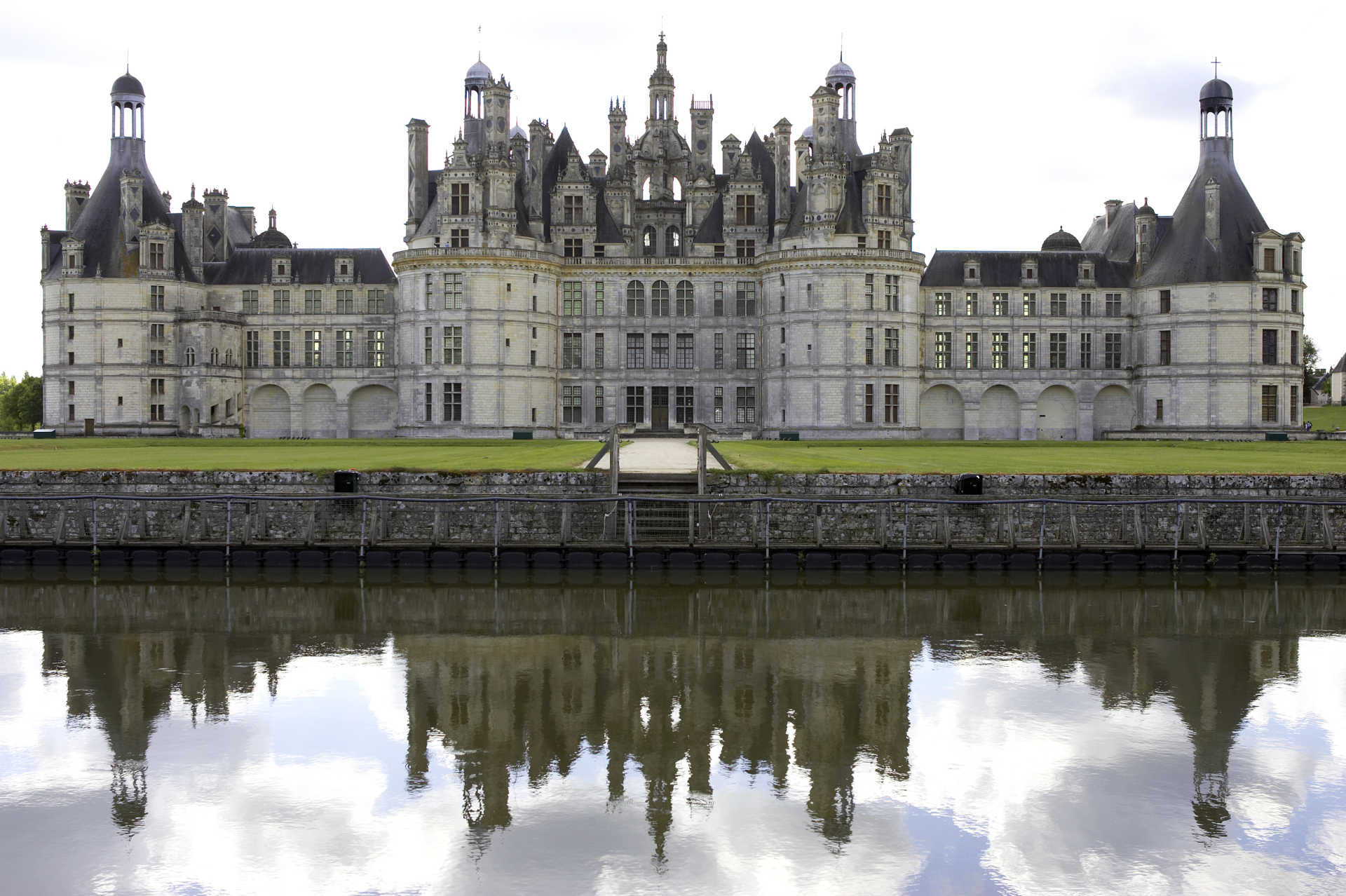Louis Metaireau Muscadet Black Label Sur Lie 2017



Product Details
Your Rating
Somm Note
Winemaker Notes
Other Vintages
2014-
Wine &
Spirits



Over the past two decades Jean-François Guilbaud and Marie-Luce Métaireau have taken the "artisanale" beginnings of her father and gone on to write their own chapter in the history of Muscadet. Grand Mouton began as a vision of Louis Métaireau’s troupe of "Les Vignerons d'Art." The name Mouton echos an older French term "mothon" meaing mound, and is in reference to the elevated position and status of the original vineyard purchased by Louis and his group in 1972.
Jean-François and Marie-Luce began purchasing parcels of this vineyard in 1988 with the goal of bringing the cherished vineyards of their two families together under one house. Their estates are located in the heart of the Nantes vineyard region and they have 30 hectares of vines situated on three boroughs between Sèvre et Maine, exclusively planted with the grape variety Melon de Bourgogne (Muscadet). Vines planted as far back as 1937 root into the rocky terroir composed of gneiss, mica, garnet and amphibolite –a recipe of stones between the Sèvre and Maine rivers known as the most highly regarded of the Muscadet appellations. While we carve our turkeys, hang our stockings and dye our eggs, these wines ‘faire ses pacques’ (literally ‘make their Easter’), resting 'sur lie' to develop richness and depth, and bottled by gravity with no filtration. Jean-François and Marie-Luce are truly les Vignerons d'Art.

Made famous in Muscadet, a gently rolling, Atlantic-dominated countryside on the eastern edge of the Loire, Melon de Bourgogne is actually the most planted grape variety in the Loire Valley. But the best comes from Muscadet Sèvre et Maine, a subzone of Pays Nantais. Somm Secret—The wine called Muscadet may sound suggestive of “muscat,” but Melon de Bourgogne is not related. Its name also suggests origins in Burgundy, which it has, but was continuously outlawed there, like Gamay, during the 16th and 17th centuries.

The Pays Nantais, Loire’s only region abutting the Atlantic coast, is solely focused on the Melon de Bourgogne grape in its handful of subzones: Muscadet-Sèvre et Maine, Muscadet-Coteaux de la Loire and Muscadet-Côtes de Grandlieu. Muscadet wines are dry, crisp, seaside whites made from Melon de Bourgogne and are ideal for the local seafood-focused cuisine. (They are not related to Muscat.) There is a new shift in the region to make these wines with extended lees contact, creating fleshy and more aromatic versions.
